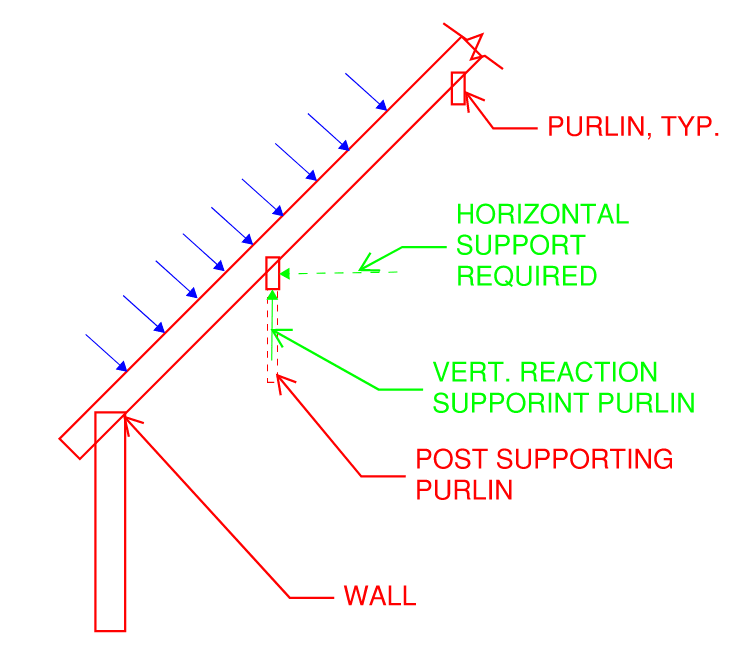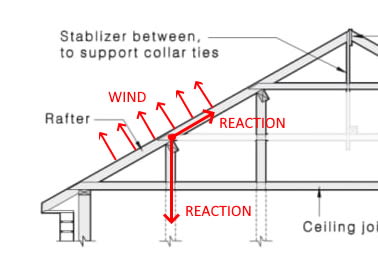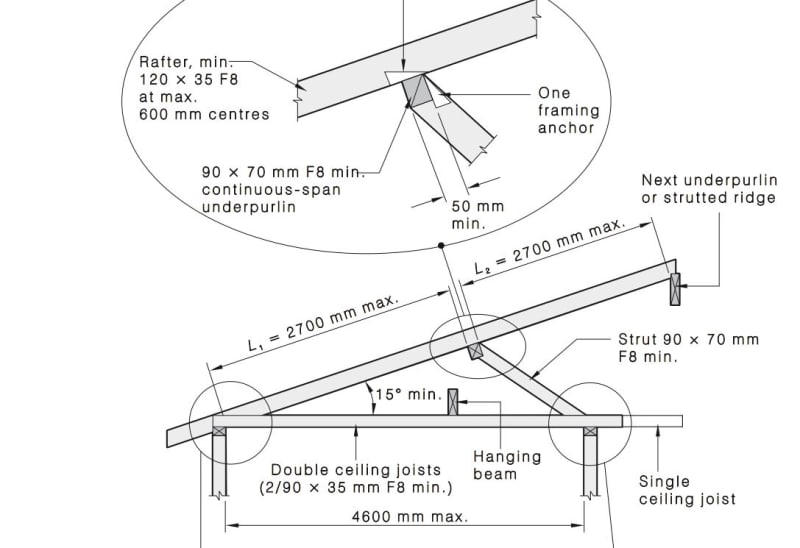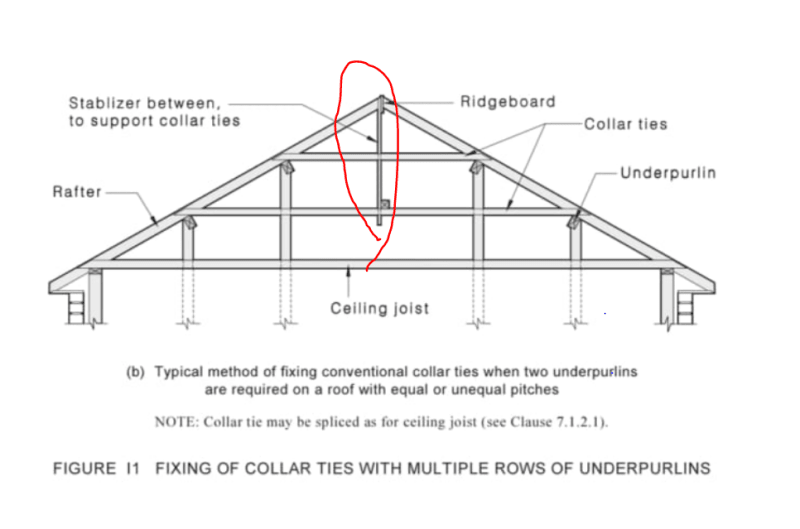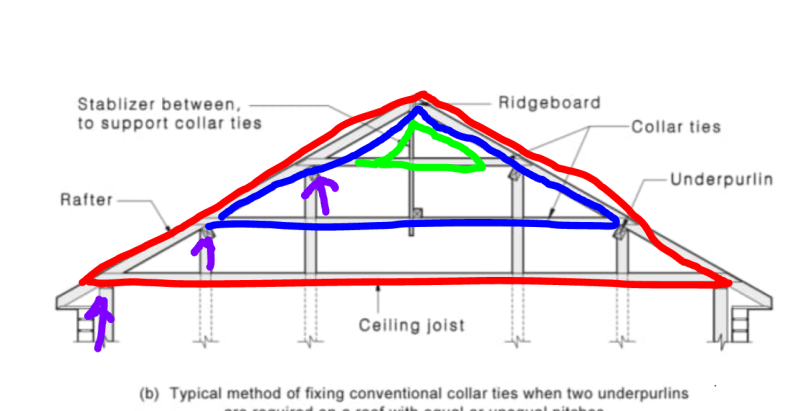AS1684.2-2010 (Timber Framing Code) says that collar ties are to be provided at each row of underpurlins:

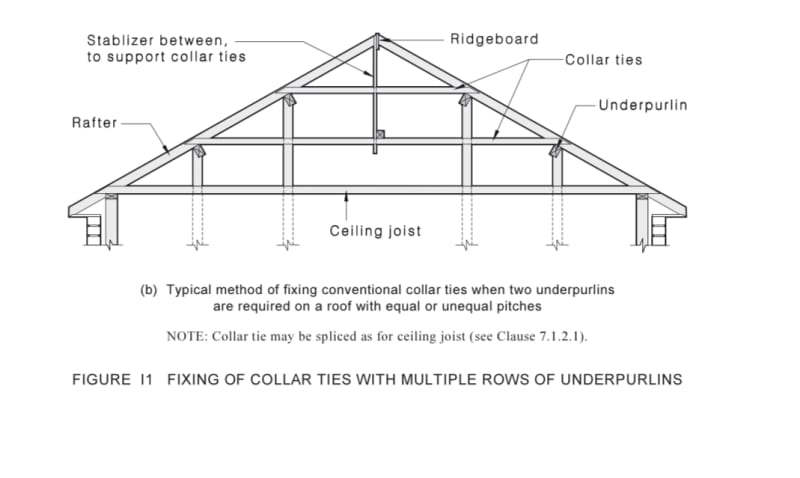
This rule is often ignored in Australia at underpurlins. There will be collar ties at the top, but there will often be underpurlins which do not have a corresponding collar tie. Eg the red arrow below:

What is the structural logic driving the blanket rule for collar ties at every underpurlin? How do people get around the rule eg attic conversions?
Does this rule apply in your country too?


This rule is often ignored in Australia at underpurlins. There will be collar ties at the top, but there will often be underpurlins which do not have a corresponding collar tie. Eg the red arrow below:

What is the structural logic driving the blanket rule for collar ties at every underpurlin? How do people get around the rule eg attic conversions?
Does this rule apply in your country too?

